Monkshood Oil
$19.33
In stock
Also known as aconite, bear’s foot, blessed lady’s gloves, blue rocket, friar’s cap, granny jump out o’bed, granny’s nightcap, queen’s fettle, priest’s cap, soldier’s cap, Turks’ cap, and auld wife’s huid.
The common name, Monkshood, reflects the flower shape, which looks like a monk’s cowl.
About
- Gender: Feminine
- Planet: Saturn
- Sign: Capricorn
- Element: Water
- Deities: Hecate, Medea
Uses:
- Protection, Emotional Stability
- Use this herb with great caution to consecrate the athame or ritual knife.
- Make an infusion with the leaves or root to banish prior energy from magickal blades and infuse it with protection.
- The root or leaves may be burned as incense for the same purpose.
- Gather the fresh flowers to make a tincture to refresh the power of the knives.
- Use an infusion as a magickal wash for ritual tools or sacred space.
- Brings protection and magickal watchfulness against negative energies in ritual.
- Wash a new cauldron in the infusion or burn aconite in its first fire.
- Used to invoke Hecate.
Using this oil in an atomizer:
The Monkshood essence helps you to stabilize after exposure to frightening or traumatic situations by balancing your emotions and helping you to see with clarity and calm presence.
Historical Uses
- Highly poisonous, it is surrounded by mythology and associated with murder and famous poisonings. Pliny the Elder (AD 23-79) named it ‘woman’s murder’. He also noted that it was said to have sprouted from the spittle of the hell hound Cerberus which Hercules brought out from the underworld.
- During the Middle Ages it was associated with witchcraft, and later in the 1600’s it was used medicinally despite its highly toxic nature.
- One of the baneful herbs, monkshood was a component in flying ointments of the Middle Ages and is used to consecrate magickal blades.
- This deadly poisonous Saturn plant is sacred to Hekate, who created it from the foam of the mouth of Cerberus, the three-headed dog who guarded the gates of the Underworld. It can be used ritually for investigating that realm and so is a fine addition to any witch’s garden, but it demands great caution in terms of both its poisonousness and its spiritual power, which is generally far beyond human capabilities.
- It is also dedicated to love, showing the dark side of Venus.
- Effective war magic can be made by spilling one’s own blood on the plant’s bed.
- In ancient Rome, aconite was known as both the stepmother’s poison and the mother-in-law’s poison.
Toxicity
HIGHLY TOXIC, MAY BE FATAL IF EATEN!
Although monkshood is a part of many medicinal systems, it is a deadly poison that paralyzes. It has been applied externally to kill joint pain and against fever, and it is still an important remedy in homeopathy, where doses are so small that they are measured in terms of vibration rather than the actual presence of molecules.
The roots are most powerful in the autumn, after the upper part of the plant has died. This is one plant that it is best never to touch.
It was listed as one of the ingredients in witches’ flying ointments, but due to its lethal toxicity, this application is in question. It is one of the most poisonous plants from the Old World and was used to poison wolves, as well as human foes
Aconite seeds can’t be sent to Australia.
1/2 oz. bottle
| Weight | 0.2 lbs |
|---|
Only logged in customers who have purchased this product may leave a review.

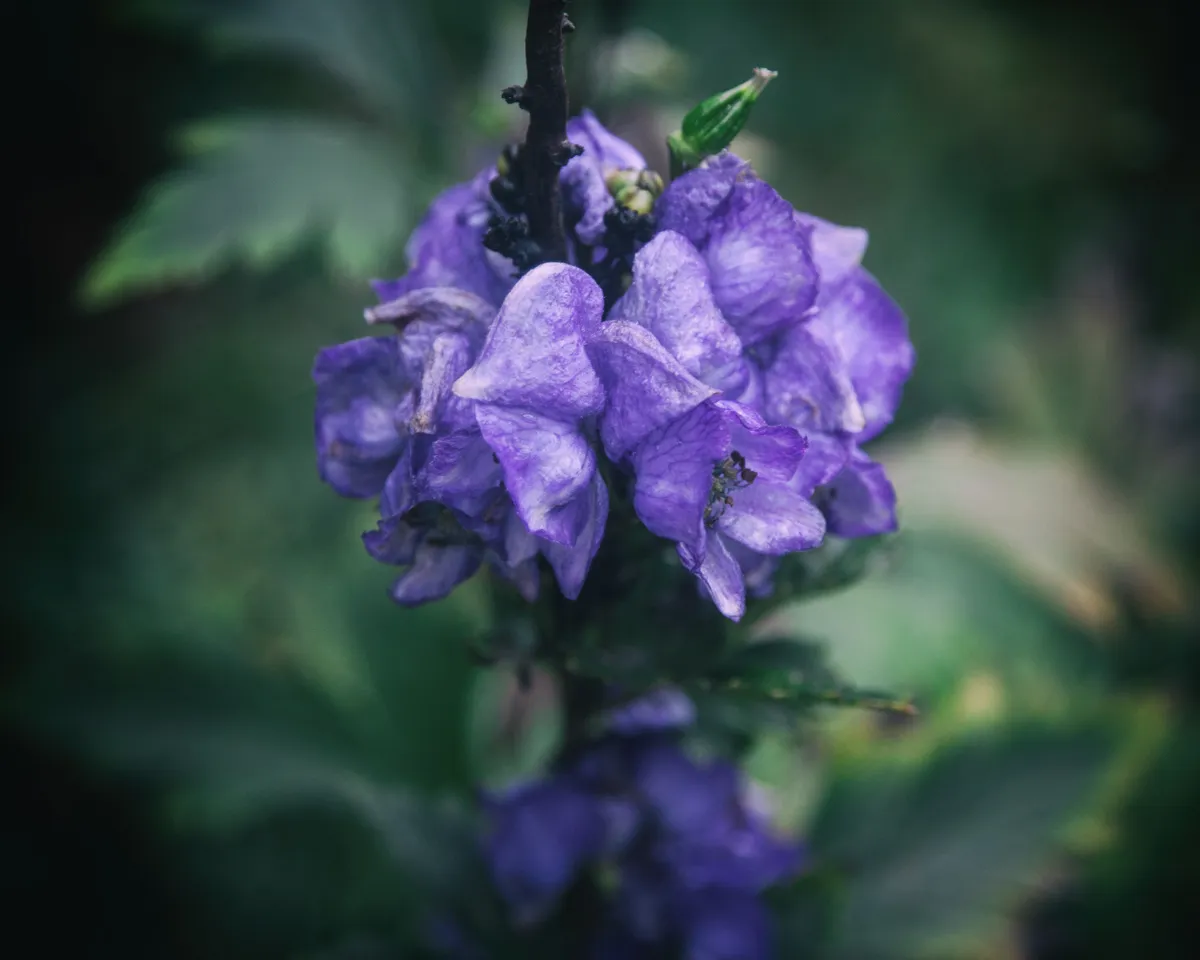
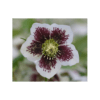
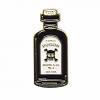
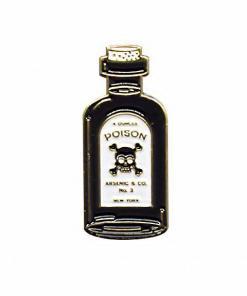
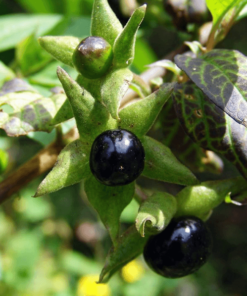
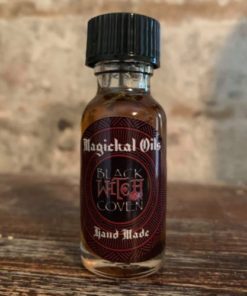

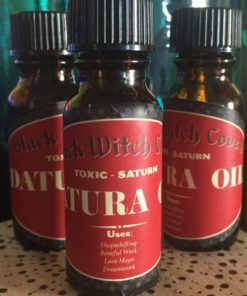
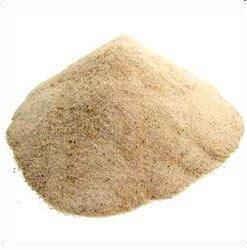
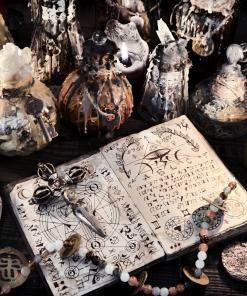
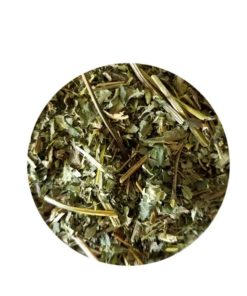
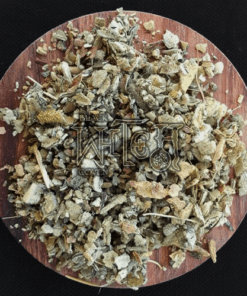



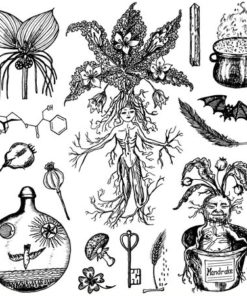

Reviews
There are no reviews yet.